Tag: judicial
-
Missouri governor appoints Robin Ransom to state supreme court
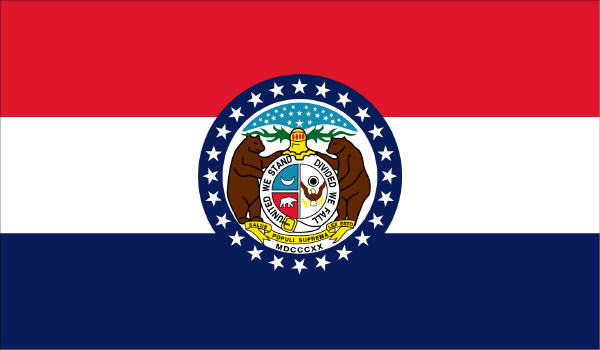
Missouri Gov. Mike Parson (R) appointed Robin Ransom to the Missouri Supreme Court on May 24. Ransom was appointed to fill the vacancy left by Laura Denvir Stith, who retired on March 8. Ransom is Parson’s first appointee to the state’s highest court. Under Missouri law, the Missouri Appellate Judicial Commission selects supreme court judges…
-
SCOTUS issues four opinions in cases argued this term
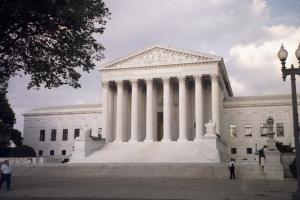
The Supreme Court of the United States (SCOTUS) issued opinions in four cases on May 17 that were argued during the 2020-2021 term. Edwards v. Vannoy • The case: A non-unanimous jury found Thedrick Edwards guilty of nine counts of armed robbery, one count of attempted armed robbery, two counts of aggravated kidnapping, and one…
-
Annette Ziegler becomes chief justice of the Wisconsin Supreme Court

Annette Ziegler became chief justice of the Wisconsin Supreme Court on May 1, beginning a two-year term in that role. Ziegler succeeds Patience Roggensack, who had served as chief justice since April 2015. Ziegler was first elected to the court in 2007. She previously served as a Washington County Circuit Court judge, becoming the first…
-
Ballotpedia releases federal judicial vacancy count for April 2021
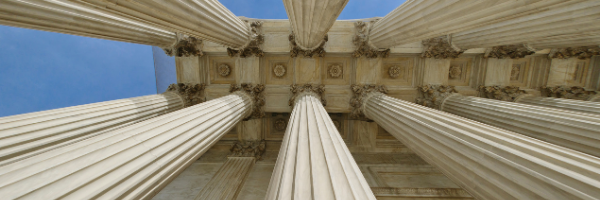
In this month’s federal judicial vacancy count, Ballotpedia tracked nominations, confirmations, and vacancies to all United States Article III federal courts from April 1 to May 1, 2021. Ballotpedia publishes the federal judicial vacancy count at the start of each month. HIGHLIGHTS Vacancies: There have been six new judicial vacancies since the March 2021 report.…
-
U.S. Supreme Court holds rare May sitting on May 4
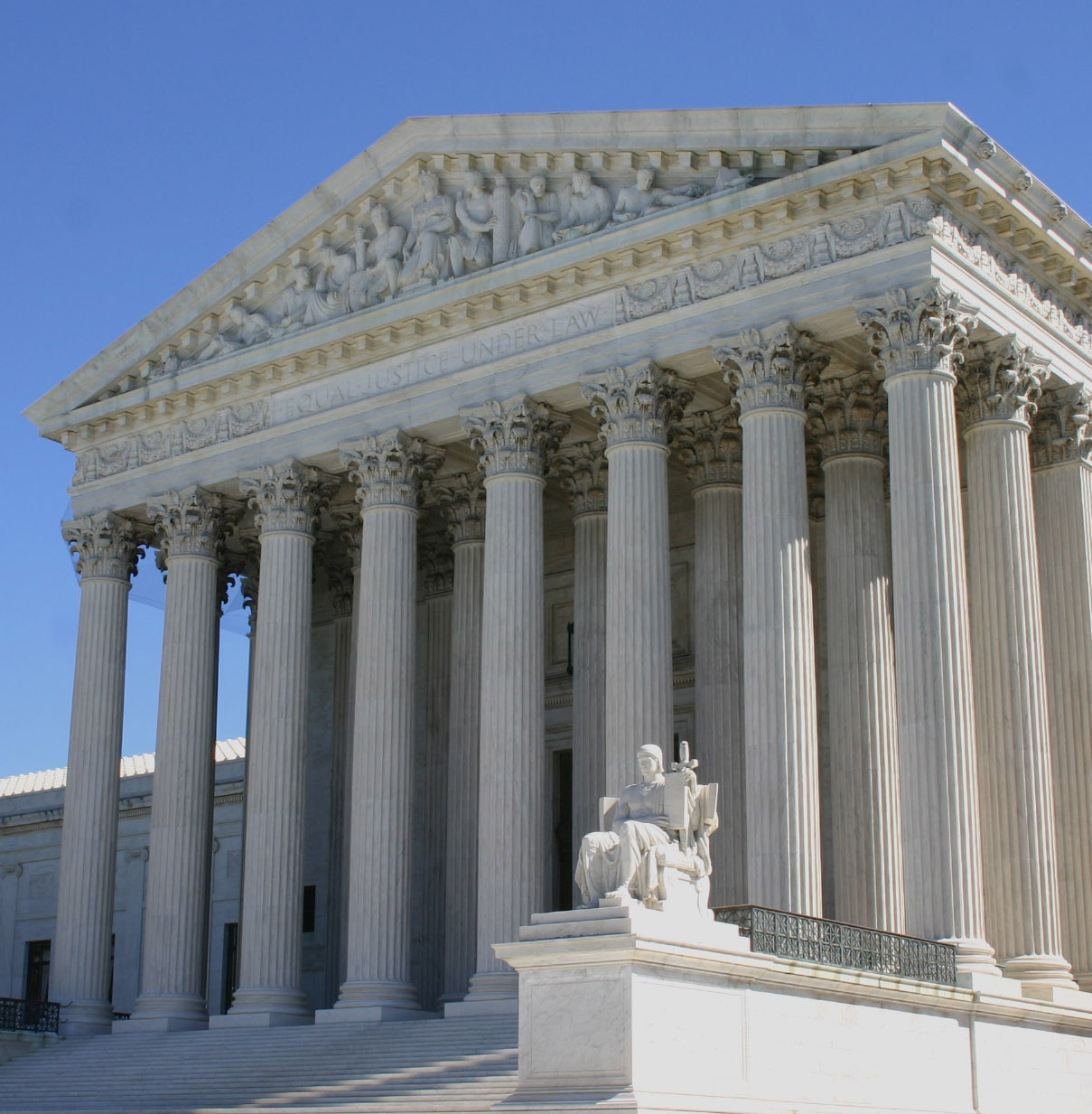
The Supreme Court of the United States (SCOTUS) held its May argument sitting on May 4, hearing one case in a one-hour session. In keeping with each sitting of this term, the court heard arguments remotely and provided live audio to the public. Terry v. United States concerns sentencing reductions for crack cocaine offenses. In…
-
President Biden nominates three additional individuals to Article III judgeships
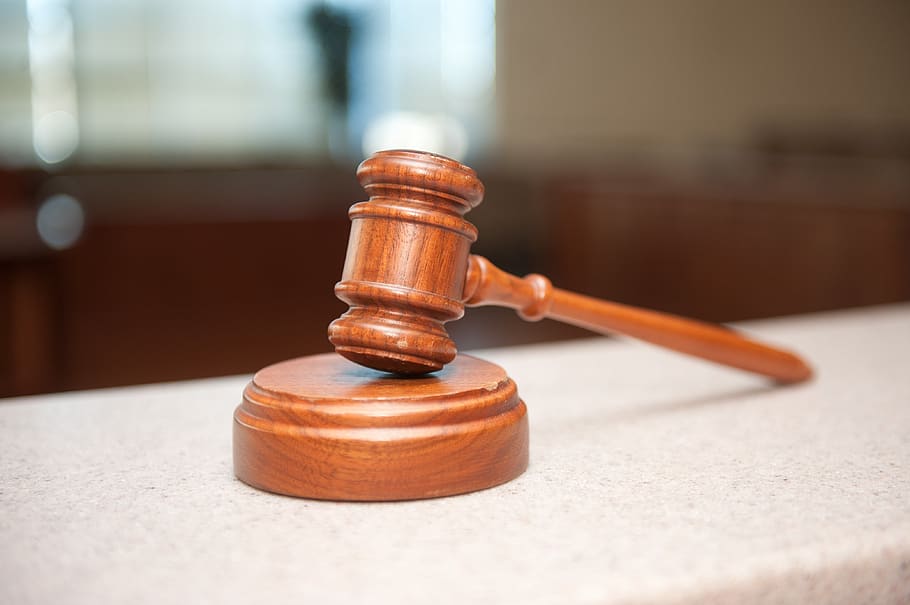
President Joe Biden (D) nominated three individuals to Article III judgeships on April 29. With the addition of these three, Biden has nominated a total of 13 individuals to Article III judgeships since the start of his term. At the time of this writing, none of Biden’s Article III nominees have been confirmed by the…
-
SCOTUS concludes April sitting

The Supreme Court of the United States (SCOTUS) concluded its April sitting for its 2020-2021 term on April 28. This sitting ran from April 19 through April 28, during which time the court heard 12 hours of oral argument. The cases argued before SCOTUS during its April sitting included: • April 19: Yellen v. Confederated…
-
Unanimous U.S. Supreme Court: People may raise Appointments Clause challenges in federal court they did not mention during agency proceedings

On April 22, 2021, the U.S. Supreme Court issued a unanimous opinion in Carr v. Saul, ruling that people who were denied Social Security disability benefits by the Social Security Administration (SSA) do not lose the chance to challenge the appointment of SSA administrative law judges (ALJs) in court even if they do not first…
-
SCOTUS issues rulings in three cases argued this term
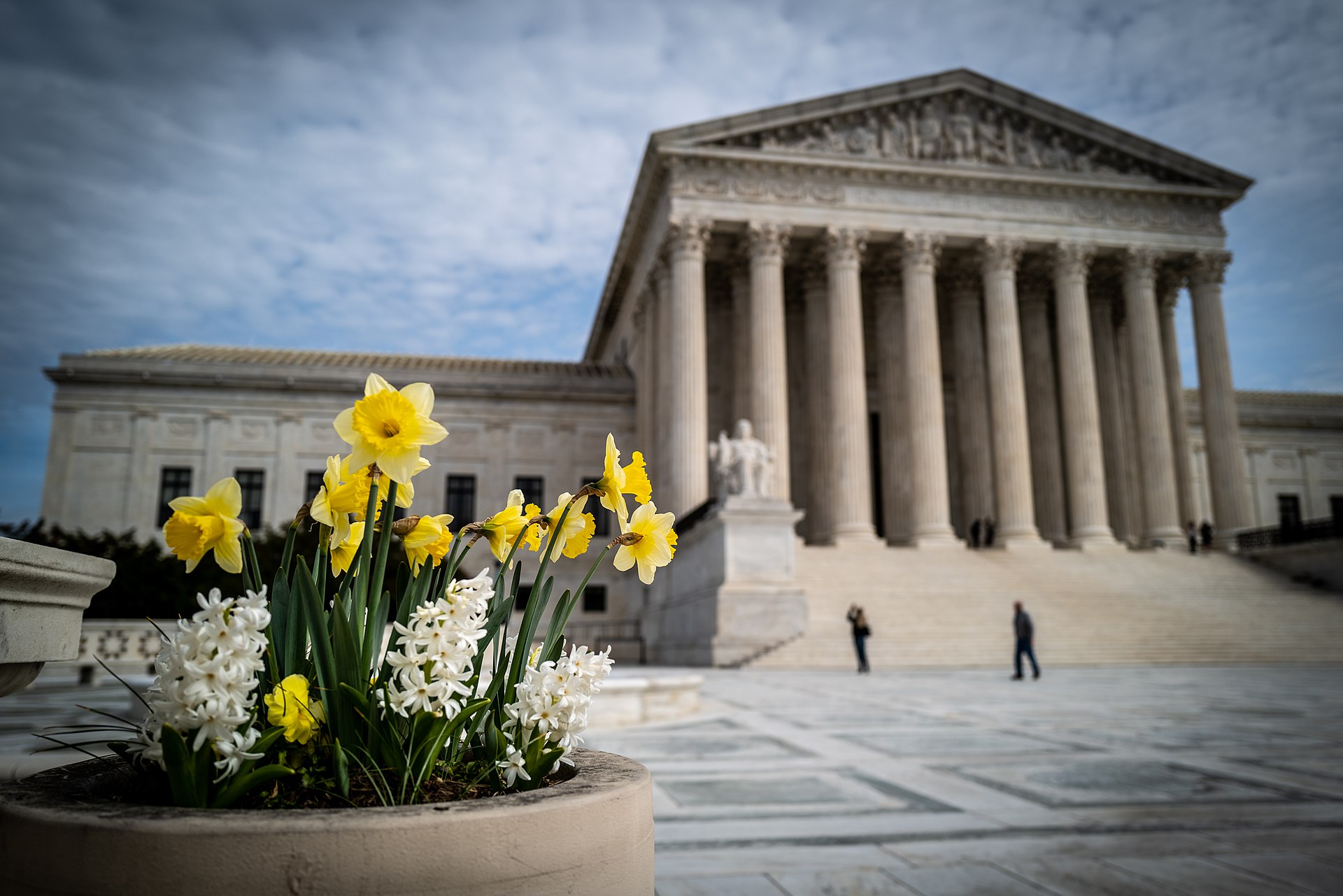
On April 22, the U.S. Supreme Court (SCOTUS) issued opinions in three cases argued during the 2020-2021 term. Jones v. Mississippi originated from the Mississippi Court of Appeals and was argued before SCOTUS on November 3, 2020. The case concerned sentencing juveniles to life imprisonment without parole. In a 6-3 vote, the court ruled that…
-
Reviewing SCOTUS’ 2020-2021 term so far
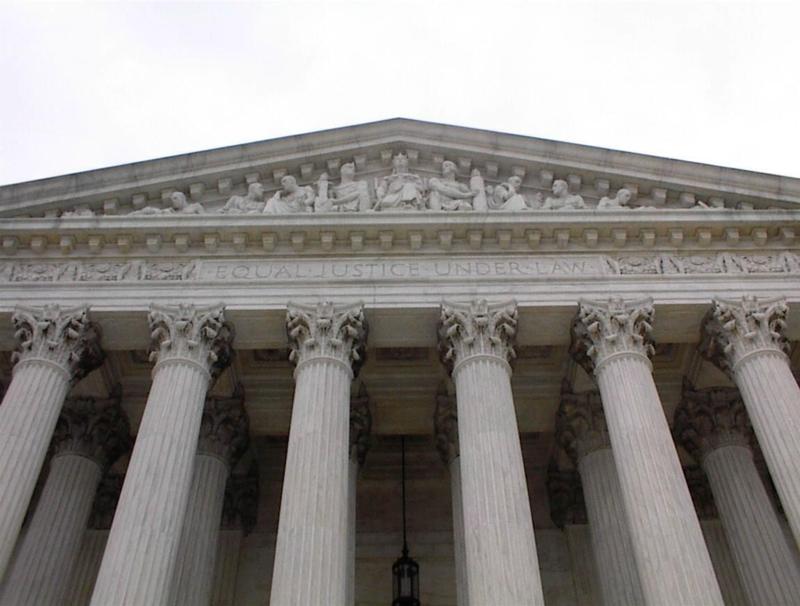
The U.S. Supreme Court’s 2020-2021 oral argument calendar is nearing its end, with 12 hours of oral arguments remaining to be heard during its April sitting and one hour of oral argument scheduled for its May sitting. From October through March, the court heard a total of 45 hours of oral arguments in 56 cases.…

